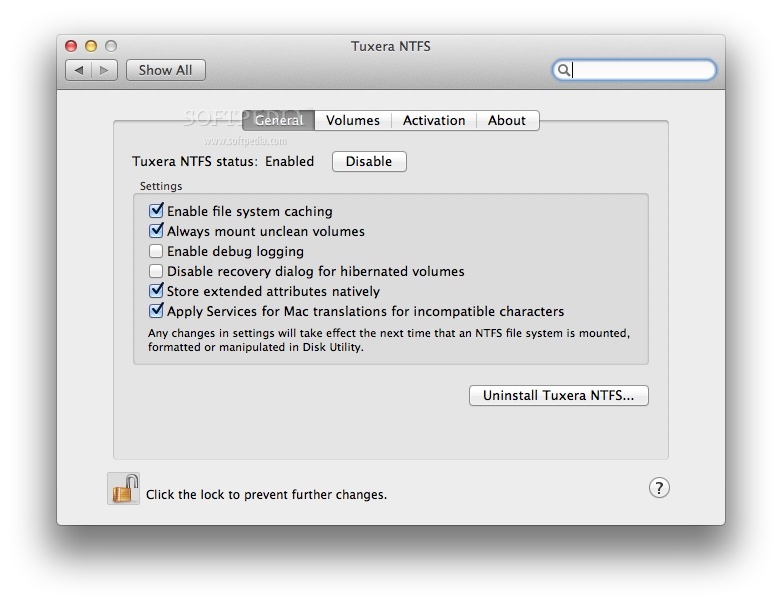

The other is those edited files can’t be restored to the NTFS disk. If you have a lot of files to edit and want to save them on cloud storage, you may have to upgrade your account to have larger capacity. There are two downsides about this method. In that way, you can access and download them wherever and whenever through your cloud storage account. Then you can edit and upload them to cloud storage. Since macOS supports reading NTFS volumes, you can drag the files you want to edit to the Mac desktop. Use cloud serviceĭon’t want to install a driver? Another way you can edit the files from an NTFS-formatted disk is to use cloud service. Open an NTFS volume and edit the files as you are using a Mac-friendly drive. Connect your NTFS volumes or disks to the Mac.ģ. After installed, the driver icon appear on your menu bar.Ģ. Download and install the NTFS driver on your Mac. Using the NTFS for Mac driver to write to NTFS files is easy.ġ. If you need to write to NTFS volumes like Windows BOOTCAMP partition frequently, it is recommended that you purchase a paid version. If you just want to use it one-time, free download to enjoy 7-day trial.

The easiest way is to install an NTFS for Mac driver to bridge this incompatibility gap. What to do if you need to edit the files and share them soon? The post concludes 3 best ways you can edit the NTFS files and exchange files between NTFS volumes and Mac. Viewing the files on NTSF volumes or dragging them out to the Mac is possible, but moving files to the NTFS volumes or modifying the existing files is not.

However, by default, macOS doesn’t support full read-write access to NTFS volumes. You have no problem in editing the files on a FAT or exFAT formatted drive because these two are very basic and universal file systems, friendly to all operating systems.


 0 kommentar(er)
0 kommentar(er)
